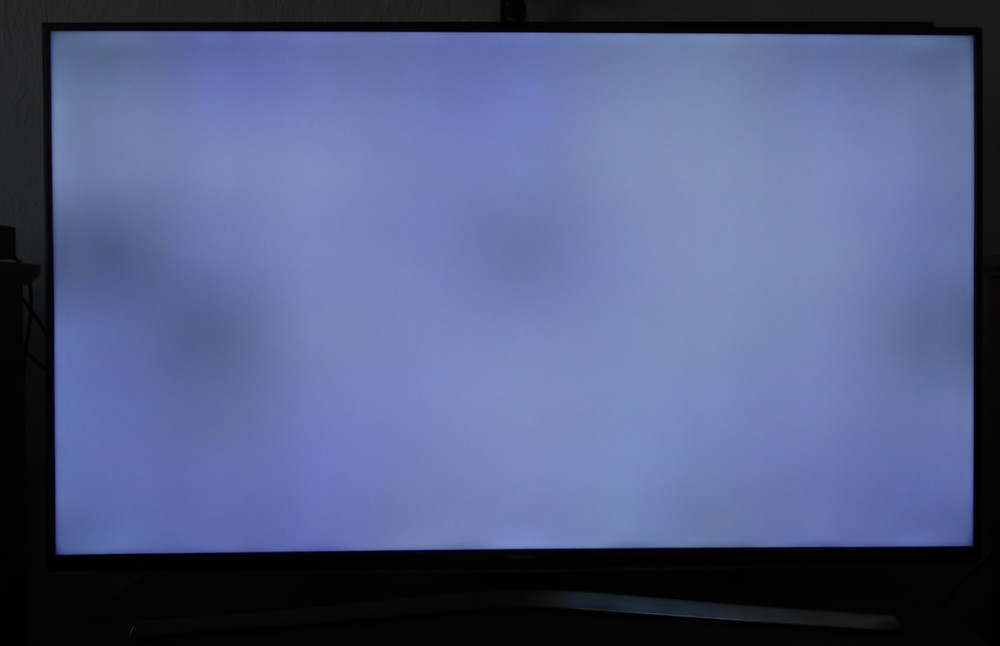Isn't that like most other industries?
Yes. The difference with tvs is a lot of the time they trickle out features I care about.
Isn't that like most other industries?
That's technology for you! And it's that way in part so these companies can keep selling more hardware in faster upgrade cycles. If it were designed for the benefit of the planet, you'd have something akin to console generations, where TVs use a standard tech for 5+ years while the companies work on the next latest, greatest thing, and then the next display gen comes out with all the working, coordinated technologies. As it is now, they can sell a TV with better display, and then a new TV a couple years later that actually works with the handshaking standard you need with your devices, and then a new TV after that which updates the HDMI standard ready for the next big thing.
TL;DR - you can't wait on tech. When there's a TV you like at a price you like, buy it instead of waiting for a better option. And then don't look at any new TVs for a few years so you don't get buyers' remorse!
I don't get get why the US and Europe products have to differ?

I would also like HDMI 2.1 but I needed TV now so I went with cheaper Sony because it does integer-ratio upscale for 1080p and have true flicker-free backlight ... and I'm satisfied so far, it looks like I won panel lottery with good panel uniformity and no dead pixels.
p.s.
and here is photo of terrible backlight uniformity on Samsung after some 3 years of use

So that's what it is called. I'm having the same issue on my 55" LG 1080p(It's about 3 or 4 yrs old).
Finally got my new TV. Went with the 55" TC: Series 6 Model R615 from Best Buy. Also got an Xbox One X & a new Vizio sound bar 5.1 setup(SB3651-E6). HDR is amazing in Sea of Thieves. 4K is great in RDR2 & Crackdown 3. Hopefully this setup will last me 4-5 years. LoL
BTW, I got a question on the audio. The Vizio sound bar is currently connected to the TV via HDMI3 with ARC/CEC enabled. Everything seems to be working well, but wondered if I'd get anything better by connecting directly to the XB1X via optical? Or maybe connecting the XB1X to the sound bar via HDMI input & passing the HDMI video to the TV?
Tommy
You should always connect the audio system (bar or AVR) to the Xbox, and then connect the audio system to the TV.
Yeah but eARC would in theory let you connect video directly to the TV, so that it doesn't go through the AVR at all. That would be a boon for sound bars and there are some sound bars touting Dolby Atmos production now.
I haven’t sat down and compared lossless vs lossy movie soundtracks.
Maybe more a thing if a given movie features a lot of music?
Otherwise, lossless for dialog and sound effects?
Even with eARC you wouldn’t get lossless audio formats (pretty sure?) so it is always advisable to connect the source directly to the audio system.
High res audio through ARC (eARC) will be available from HDMI 2.1.
